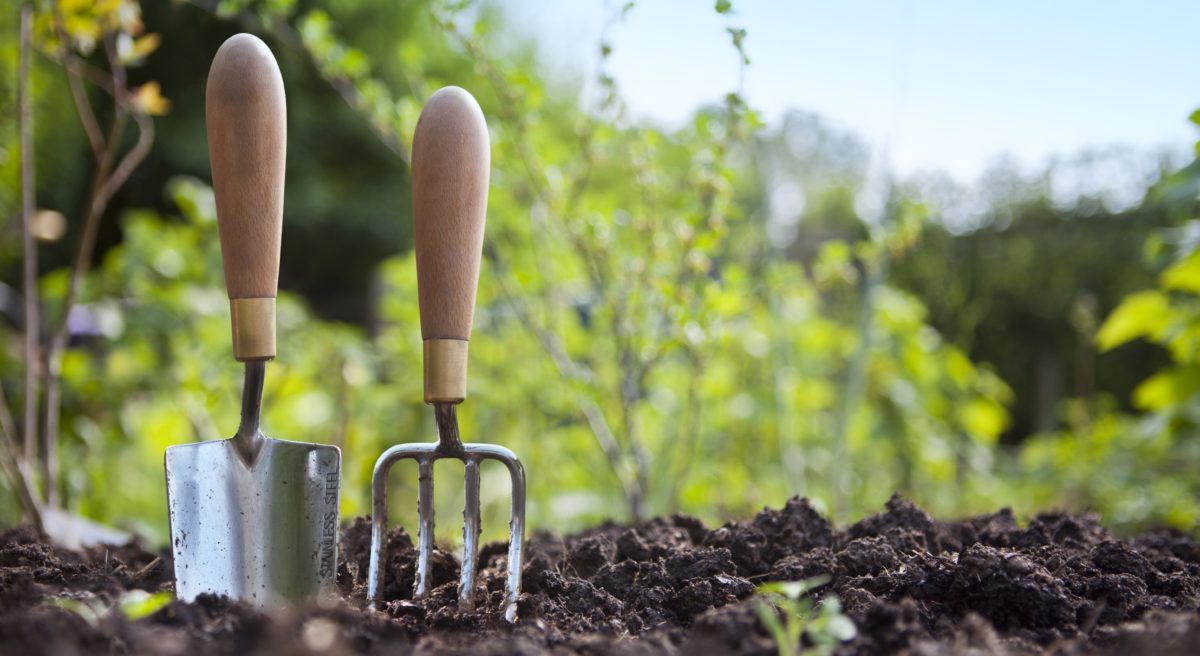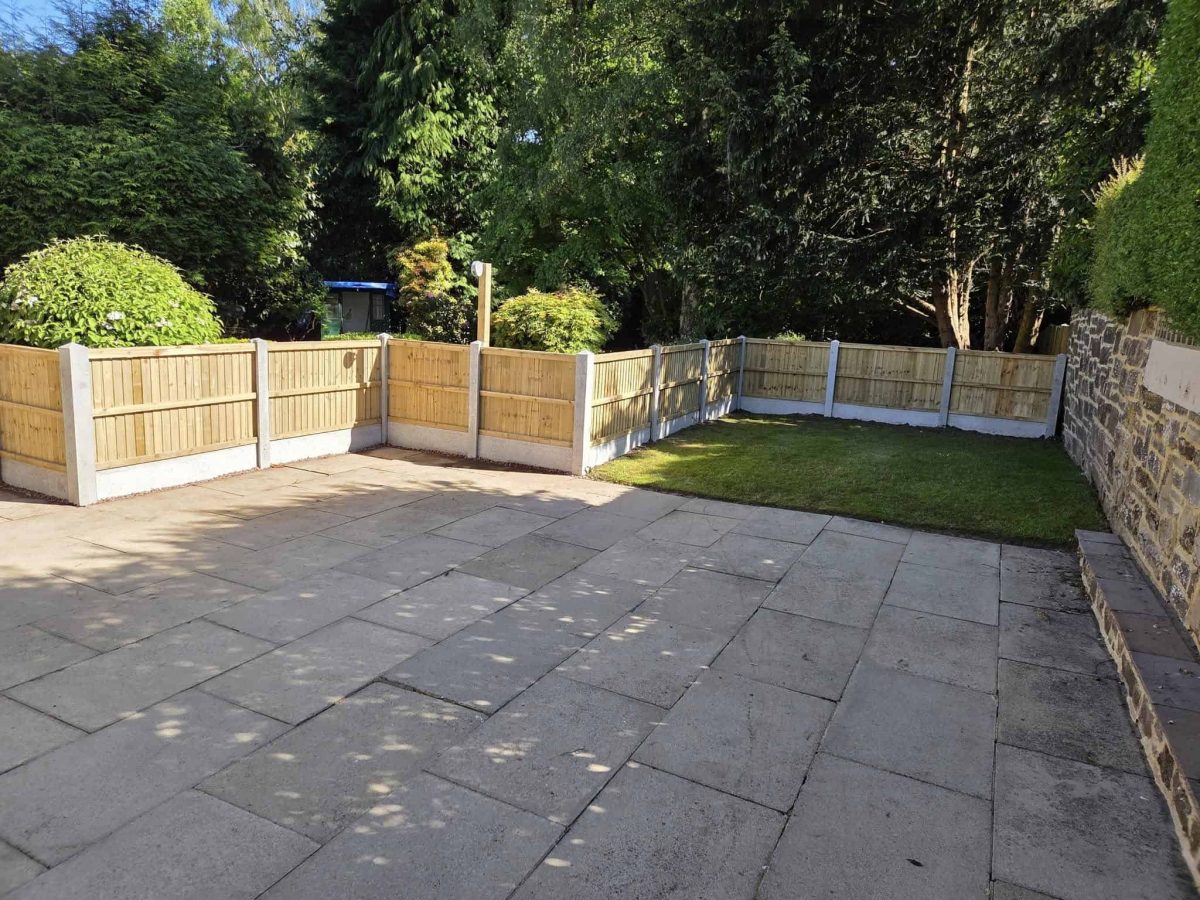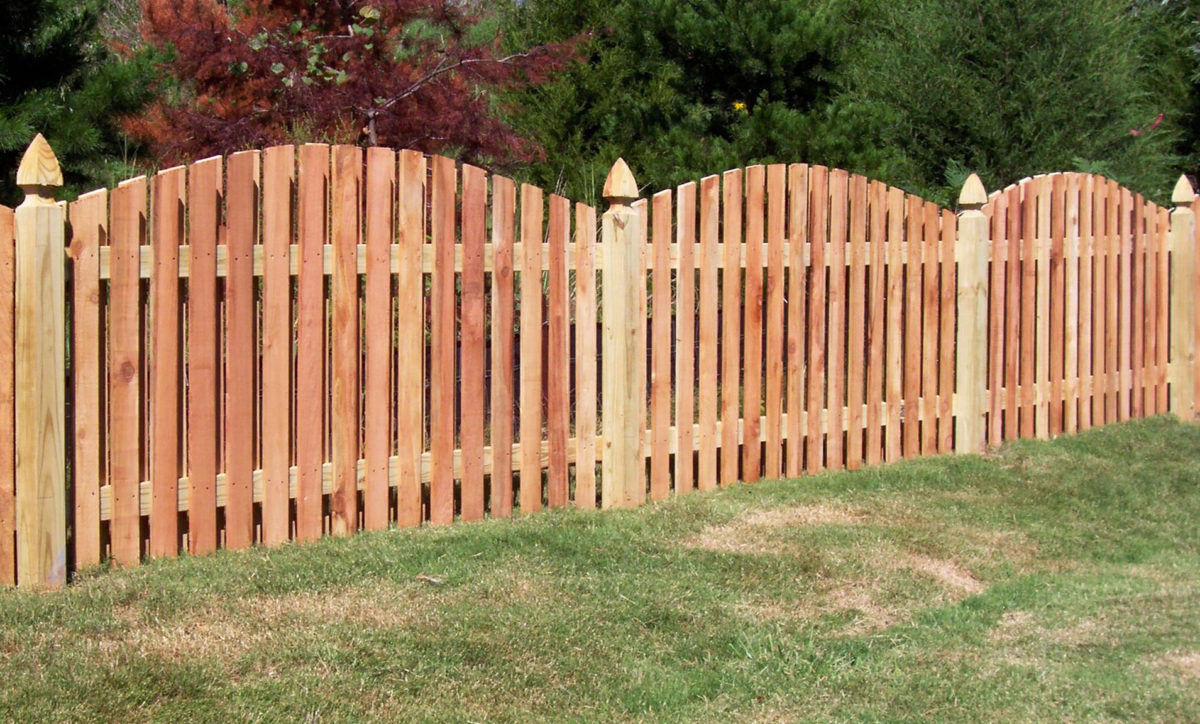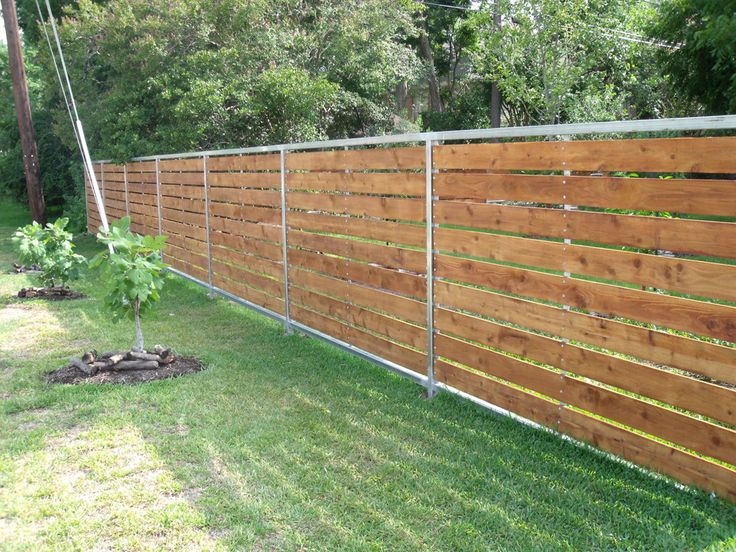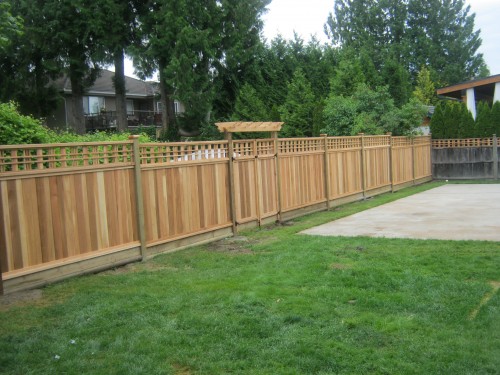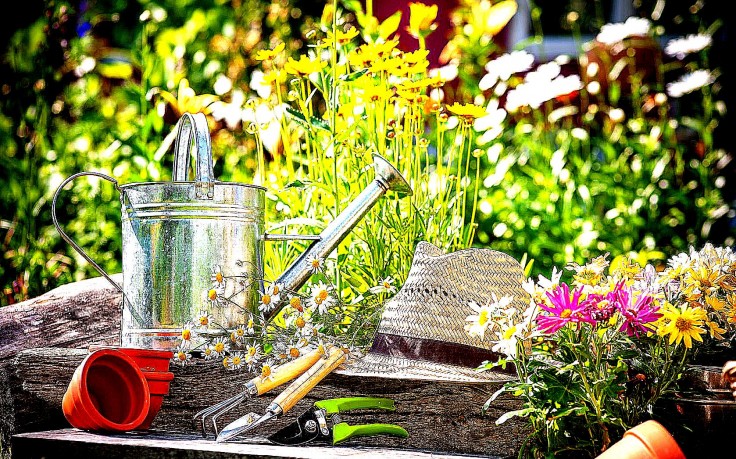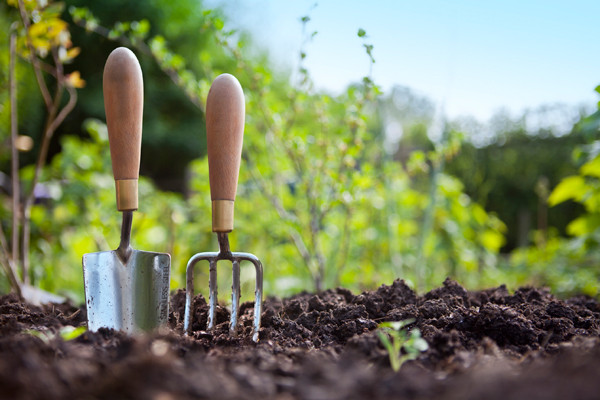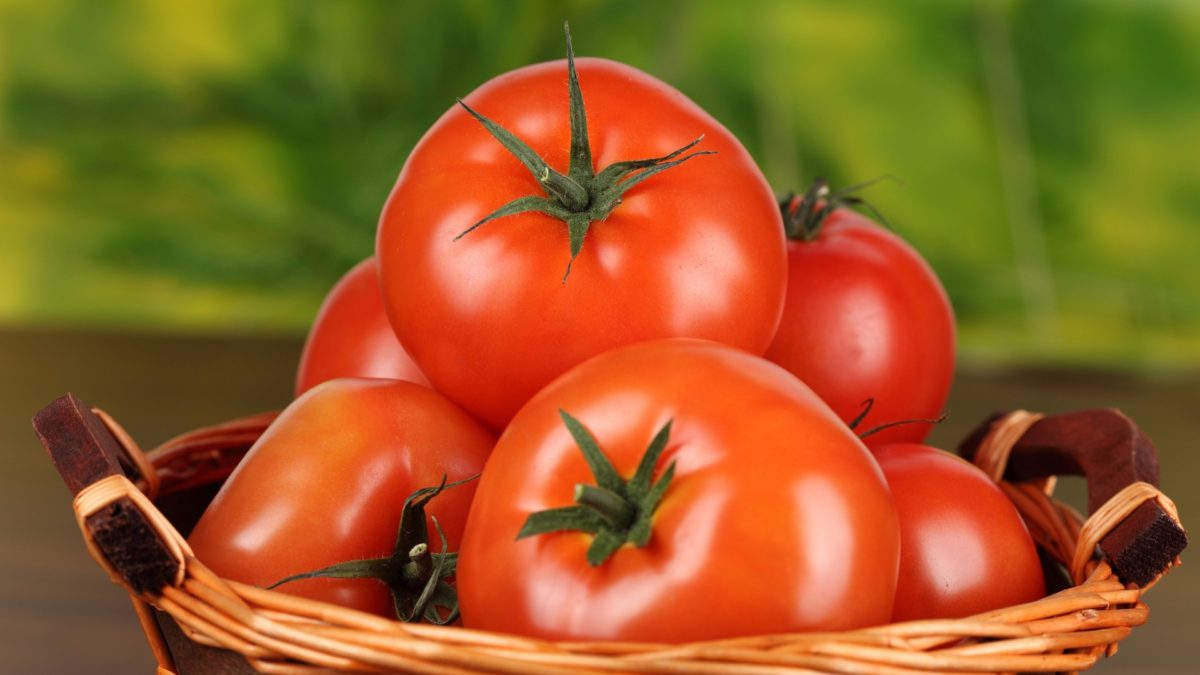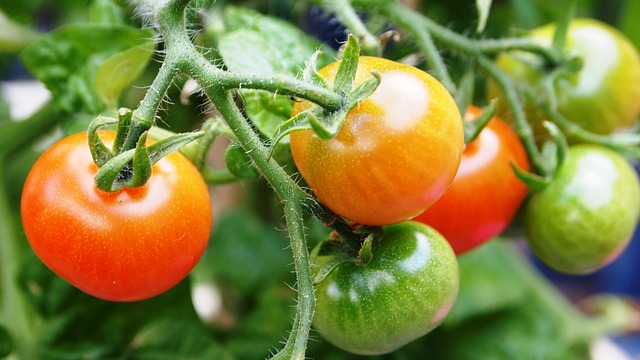People notice your fence when they visit your home. It marks your territory, creates your garden ambiance, and determines what impression people get of your property. To create an awesome first impression, one of the simplest and most effective solutions to enhance your curb appeal is to upgrade to a trendy, contemporary fencing worcester.
Here, we’ll be looking at the latest trends for fencing that’s making waves throughout Birmingham—from Moseley to Sutton Coldfield—and how you can achieve them in your own backyard.
Why Curb Appeal Matters
When we’re discussing real estate value, the initial impression is important. Whether you want to sell or just improve the look of your house, a contemporary fence can:
- Appreciate your home’s price.
- Enhance the design of your garden.
- Enhance security and do it in style.
- Make your garden area friendlier.
Top Contemporary Fencing Designs for Birmingham Homes
1. Slatted Fence Panels
Slatted fencing is modern and in demand across Birmingham. The horizontal design provides a modern appearance without sacrificing privacy and form.
Important advantages:
- Can be constructed with narrow gaps to allow light to filter through
- Ideal for application in small or large gardens.
- Excellent when combined with natural wood or painted finishes
- Perfect for new homes or garden refurbishments.
2. Grey Composite Fencing
Modern chic, that’s what grey is. Composite fencing in these colours, such as slate grey or charcoal, provides a minimalist, high-end aesthetic with barely any upkeep.
Why it’s great for Birmingham residents:
- Resistant to local weather conditions
- No painting or staining
- Provides sleek lines and even finishes
- Combine with anthracite gates or planters for a uniform style.
3. Mixed Materials: Wood + Metal
One of the most popular trends is pairing natural wood with black steel or powder-coated aluminium. This contrast produces a striking, architectural look.
For instance:
- Vertical wood boards wrapped in black steel
- Slatted wood panels on aluminium posts
- If you own an urban house, this design would be a perfect match.
4. Decorative Trellis Tops
If you prefer a stylish fence, select ornamental trellis panels. The panels can be mounted on a concrete fence for extra height.
- A gentle visual break
- Climbing plant support
Trellis fences are the best combination of privacy and foliage, particularly for gardening enthusiasts in Birmingham’s greener neighborhoods.
5. Vertical Cedar Battens
For a luxury, minimalist aesthetic, vertical cedar batten fencing is a favorite.
- A garden feature wall
- A landscape or lighting backdrop
While more expensive than standard timber panels, this style brings unquestionable sophistication.
Design Tips to Maximize Impact
- Carefully pick the right colours to match your home’s exterior and driveway.
- Include lighting along the fence line for nighttime attraction.
- Add planters and raised beds to contrast the hard edges.
- Maintain the fence in good condition (clean, treated, or painted)
A few small changes can have a significant effect on your garden’s overall ambiance.
How to select the right fence for your exterior space
Ask yourself:
- Do I desire increased privacy, aesthetics, or both?
- Would I like low-maintenance materials?
- Is my area extensive or tight?
- What is my budget?
You can combine styles to match up different parts of your outdoor space — e.g., slatted fencing on the front and full panels on the rear.
Ready for a Garden Glow-Up?
At Fencing Birmingham, we remain abreast of current design trends while maintaining functionality and durability at the forefront. Our professional team can advise you on customising the ideal modern fence for your premises.
✅ Free consultations throughout Birmingham
✅ Contemporary and classic design styles
✅ Timber, composite, and metal fences available
✅ Fast and tidy installations
Call us if you’re interested in finding out more!
Message us to request a brochure or free quote
Upgrade your fencing—upgrade your lifestyle.

